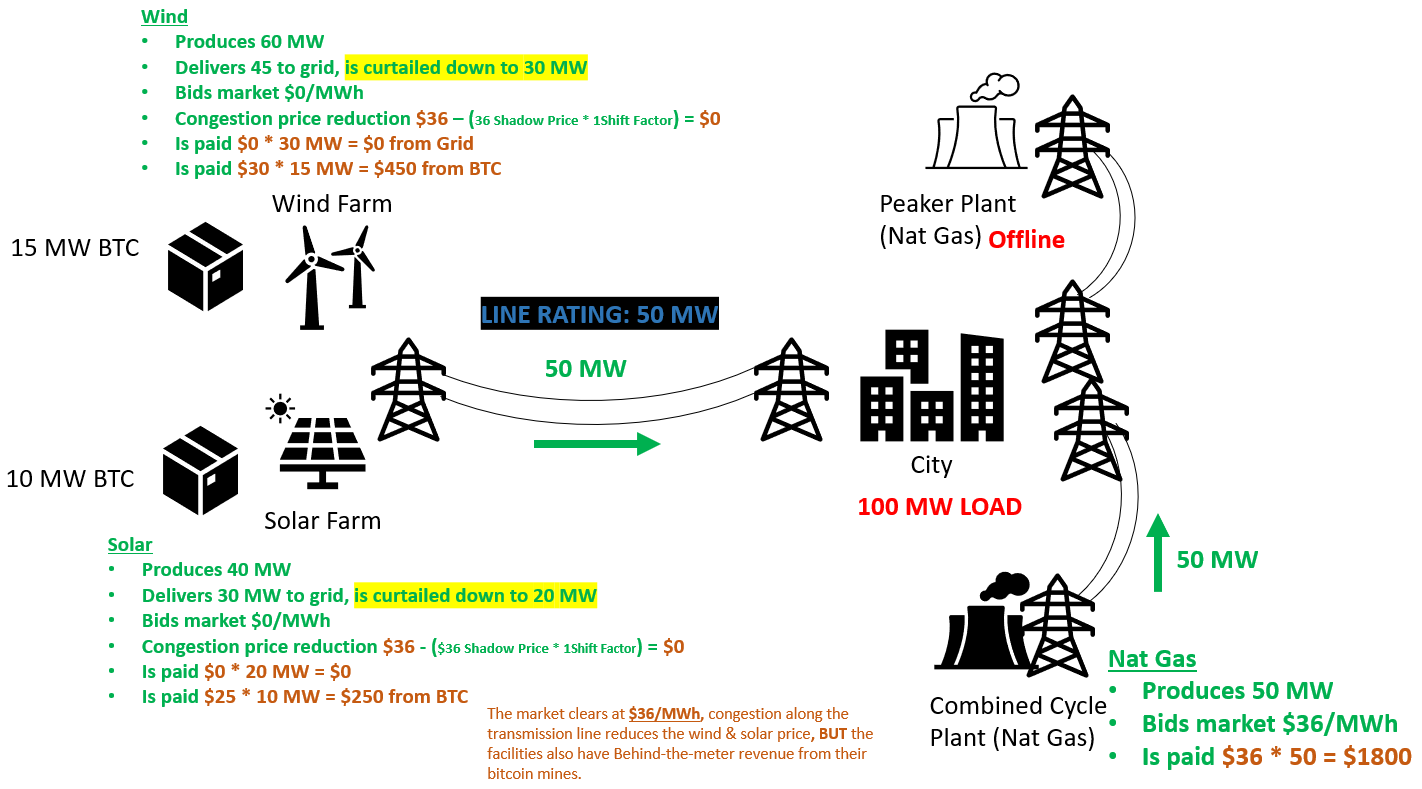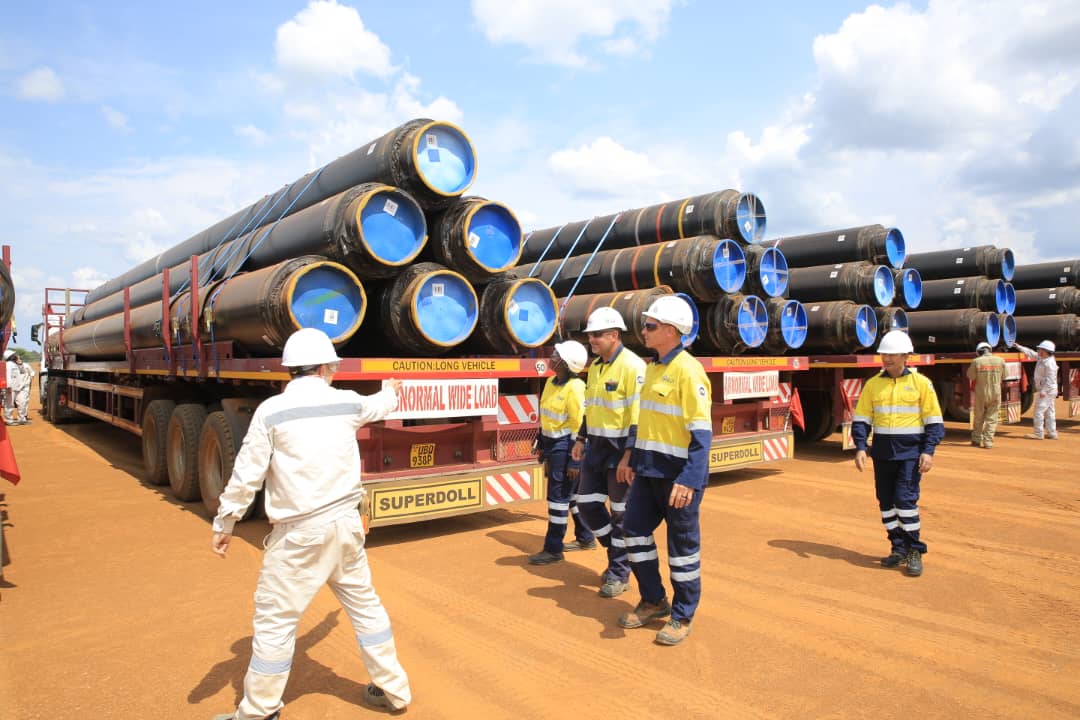Distribution

Bitcoin Mining's Energy Transition From Hash Rate to Grid Infrastructure

The Bitcoin mining industry is undergoing a seismic shift. No longer defined solely by hash rate competition, the sector is now being reshaped by energy control and diversification strategies that are redefining operational resilience and long-term value creation. As energy costs account for 80% of operational expenses, firms that master the art of energy procurement, infrastructure development, and sustainability are emerging as the new market leaders. This transition is not just a response to environmental pressures—it's a strategic imperative for survival in a volatile market.
The New Moat: Energy Control as a Competitive Advantage
Bitcoin mining firms are no longer passive consumers of energy; they are becoming active participants in energy markets. Companies like MARA Holdings and Gridless are leveraging renewable energy surpluses in regions like Texas, Paraguay, and Zambia to create self-sustaining ecosystems. For example, MARA's acquisition of a North Texas wind farm allows it to harness curtailed wind energy—power that would otherwise be wasted due to grid limitations. This not only secures low-cost energy but also positions the firm as a stabilizing force in regional grids.
Hydropower remains a cornerstone of this strategy. Bhutan's state-backed mining expansion and Zambia's Zengamina hydroelectric project exemplify how surplus renewable energy can be monetized. These operations are not just about profit—they're about building infrastructure that supports communities. In Zambia, mining revenue is subsidizing electricity for nearby villages, creating a symbiotic relationship that enhances social license and operational longevity.
Diversification: Beyond Bitcoin to Grid Stability and AI
The most forward-thinking firms are diversifying beyond Bitcoin itself. Bitdeer Technologies Group, for instance, is expanding into high-performance computing (HPC) and artificial intelligence (AI). This move mitigates reliance on Bitcoin's price volatility while leveraging existing data center infrastructure. Similarly, Core Scientific and MintGreen are tapping into municipal water heating and AI infrastructure hosting, transforming their energy expertise into multi-sector revenue streams.
Energy diversification also includes unconventional sources. In South Africa, Bitcoin mining is being positioned as a tool to stabilize the grid by monetizing surplus power. Meanwhile, landfill gas-to-energy systems are capturing methane emissions to generate electricity for mining operations, turning environmental liabilities into assets. A report by Energy Vision estimates these systems could generate $1.9 billion annually in the U.S. alone, with Bitcoin mining as a key end-use.
Financial Resilience in a High-Cost Environment
The financial performance of mining firms underscores the importance of energy strategy. Bitdeer's recent results highlight this: despite a net loss, the company's significant cash reserves and low debt-to-equity ratio demonstrate disciplined capital management. Its expansion of electrical capacity, coupled with the upcoming launch of more efficient hardware, positions it to outperform peers.
Investors should also note the role of institutionalization. Projects with clear ESG alignment, diversified energy sources, and municipal partnerships are attracting capital. Firms like Riot Platforms and Marathon Digital are benefiting from energy policies that favor renewables, while Southeast Asian operations exploit low-cost hydro and solar. These regions offer not just energy abundance but regulatory frameworks that support innovation.
Investment Implications: Where to Allocate Capital
For investors, the key takeaway is clear: energy control and diversification are the new moats. Firms that integrate renewable energy, grid infrastructure, and multi-sector revenue streams will outperform in the long term. Here's how to approach the sector:
Prioritize ESG-Aligned Firms: Companies with transparent renewable energy sourcing and community partnerships are better positioned for regulatory and reputational resilience.
Monitor Energy Infrastructure Expansion: Firms acquiring wind, solar, or hydro assets are building defensible margins. Track their electrical capacity growth and energy cost.
Diversified Revenue Models: Look for firms expanding into AI, HPC, or municipal energy services. These reduce exposure to Bitcoin's price swings.
Efficiency Leaders: Hardware innovation directly impacts profitability. Firms with next-generation ASICs will dominate in a high-cost environment.
Conclusion: The Future Is Energy-Driven
Bitcoin mining is no longer a race to the bottom on energy costs—it's a strategic game of energy control. As the industry matures, firms that treat energy as both a cost and an asset will unlock long-term value. For investors, this means shifting focus from hash rate metrics to energy infrastructure, diversification, and operational resilience. The next decade of Bitcoin mining will be defined not by who has the most powerful hardware, but by who can harness the most sustainable and scalable energy solutions.












